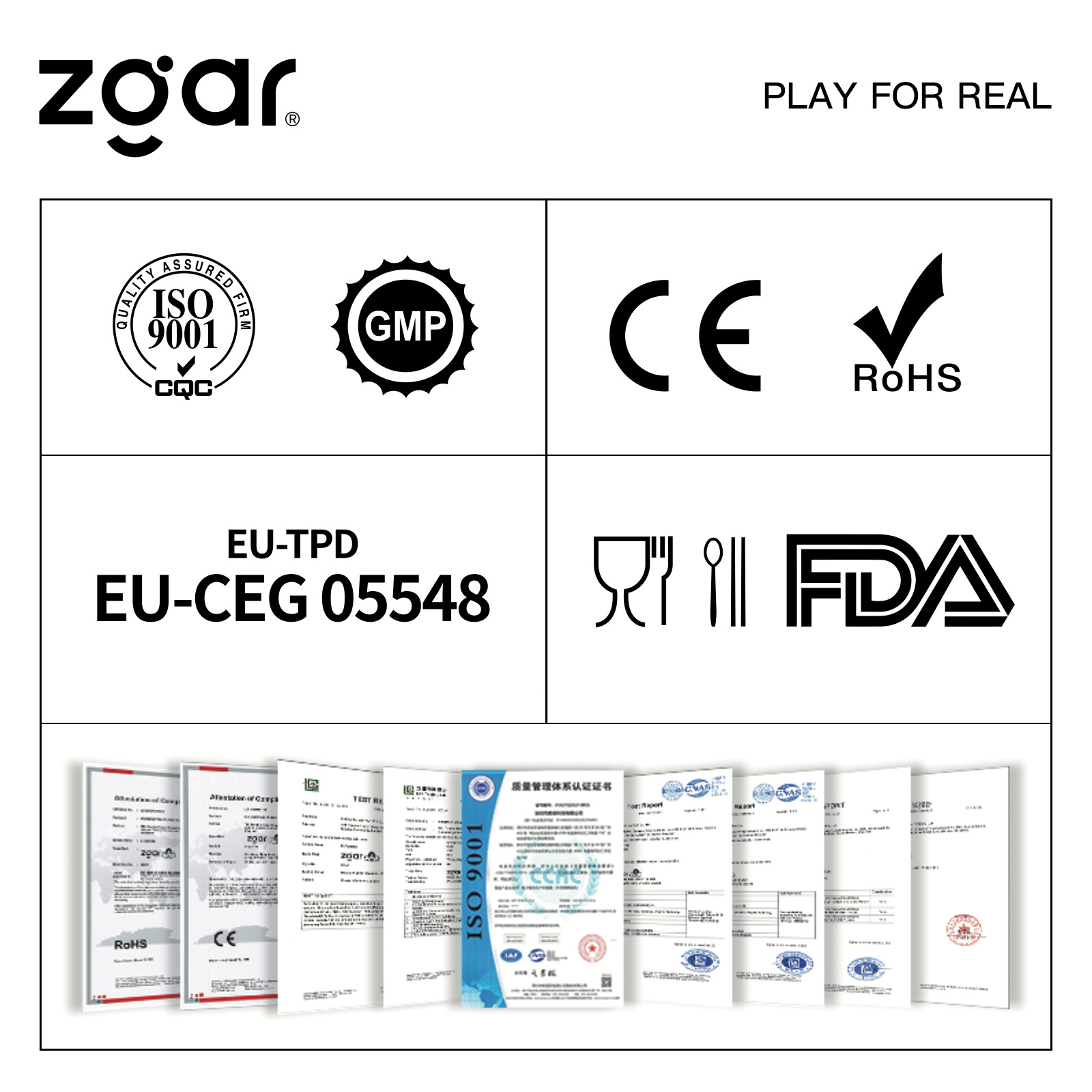Electronic devices are an integral part of almost every light source or luminaire that is now available on the market. Electronic circuits are used in power management, switching and dimming control, color mixing, system monitoring, and user interface. Digital and analog integrated circuits are also used in electronic ballasts for high-intensity discharge lamps, energy-saving lamps, LED lighting, incandescent dimmers and control equipment.
In order to skillfully use the in-lamp electronics to perform tasks other than simple switch switching, an interface is required to communicate between devices (such as lamps and sensors) and a controller is configured. New interfaces that do not require dedicated wiring are currently being promoted, so they are cheaper and easier to install. But are they ready for implementation now?
Why is the traditional lighting interface obsolete?
One of the easiest ways to implement dimming control in lighting fixtures is to use the traditional 0V to 10V protocol. This simple technique is easy to implement but has its drawbacks.
First, each source must be controlled separately. In systems that contain many bulbs, this requires the use of a large number of cables.
Second, the protocol only supports one-way communication and only supports dimming - the system cannot obtain information about the bulb. To address these shortcomings, digital network technology for lighting was developed: first, the DMX512A-RDM, which uses a daisy chain to connect up to 512 devices on a single bus and communicates in both directions. Similarly, the Digital Addressable Lighting Interface (DALI) supports networks of up to 64 devices, each with individual address and group addresses. Broadcast information can control the scene or group of light sources.
DALI provides a data rate of 1200 baud, while the DMX512A provides 250 kbaud. However, DALI is suitable for lighting systems used in buildings that require digital management of light sources, such as modern office buildings and hotels, or where monitoring functions are required. The DMX512A is ideal for professional lighting environments.
But both DALI and DMX512A networks still need to separate their own cabling infrastructure from the power supply. This has led to a significant increase in lighting facility costs. Adding control wiring to existing structures that already have power lines (power lines close to lighting equipment wiring) may not be feasible.
This has led to the eager anticipation of a lighting control protocol that does not require any other wiring.
How to eliminate independent control wiring?
The proven technology of traditional lighting wiring interfaces is a proven solution for its intended applications: dimming, stage lighting and lighting management in large buildings.
But their limitations make them unsuitable in some environments:
• As mentioned earlier, there are already wires but no control wiring.
• A place where a large number of lights are required to be operated through only one control point.
• Where bidirectional communication is required at high data rates, such as sending data from temperature sensors or light sensors.
? Where you need to mix colors
Two technologies that appear to be commercially available may provide answers: wireless communications, using unlicensed ISM frequency bands; wire communications, implemented on existing main power cabling.
But is the lighting industry really ready to adopt this technology?
Wireless lighting control
What are the specific operational requirements for a wireless lighting network? It must:
? Support many nodes in the long range
• Low operating power, including power in standby mode. This is especially true for systems that use wireless switches or sensors that are not connected to the mains.
? Quickly connect devices at startup
? The total cost of lighting equipment is basically not increased
The two most famous wireless protocols (Bluetooth and WiFi) do not meet these requirements. They offer a limited range of nodes and a large amount of current consumption. It takes a long time to connect to the device at startup.
Fortunately, there are a variety of other RF protocols to choose from, each with its own strengths and weaknesses. Manufacturers of lighting control equipment will certainly be able to find an agreement that meets the above requirements and will operate under the intended application conditions.
There are basically two types of applications, each of which requires different working conditions: outdoor lighting and indoor lighting. For outdoor applications such as street lights, the protocol must provide a long distance between nodes while supporting slender networks.
In indoor applications, the nodes are very close to each other and the working range between them is not important. But the radio protocol should be able to form a tree or mesh topology (see Figure 1). This allows the entire range of the network to be augmented, and each node effectively acts as a repeater.

ZGAR Vape Pods 1.0
ZGAR electronic cigarette uses high-tech R&D, food grade disposable pods and high-quality raw material. A new design of gradient our disposable vape is impressive.We equip with breathing lights in the vape pen and pods.
Our team has very high requirements for product quality, taste allocation and packaging design. Designers only use Hong Kong designers, e-cigarette liquid only imports from the United States, materials are food grade, and assembly factory wants medical grade without ground workshop.
We offer best price, high quality Pod System Vape,Pods Systems Touch Screen,Empty Pod System, Pod Vape System,Disposable Pod device,Vape Pods to all over the world.


ZGAR Vape 1.0 Pods,ZGAR Vape Pods 1.0 ,Pod Systems,Atomizer, E-cigarette, Empty Pod Vape Manufacturer and Supplier in China
Zgar International (M) SDN BHD , https://www.zgarpods.com
